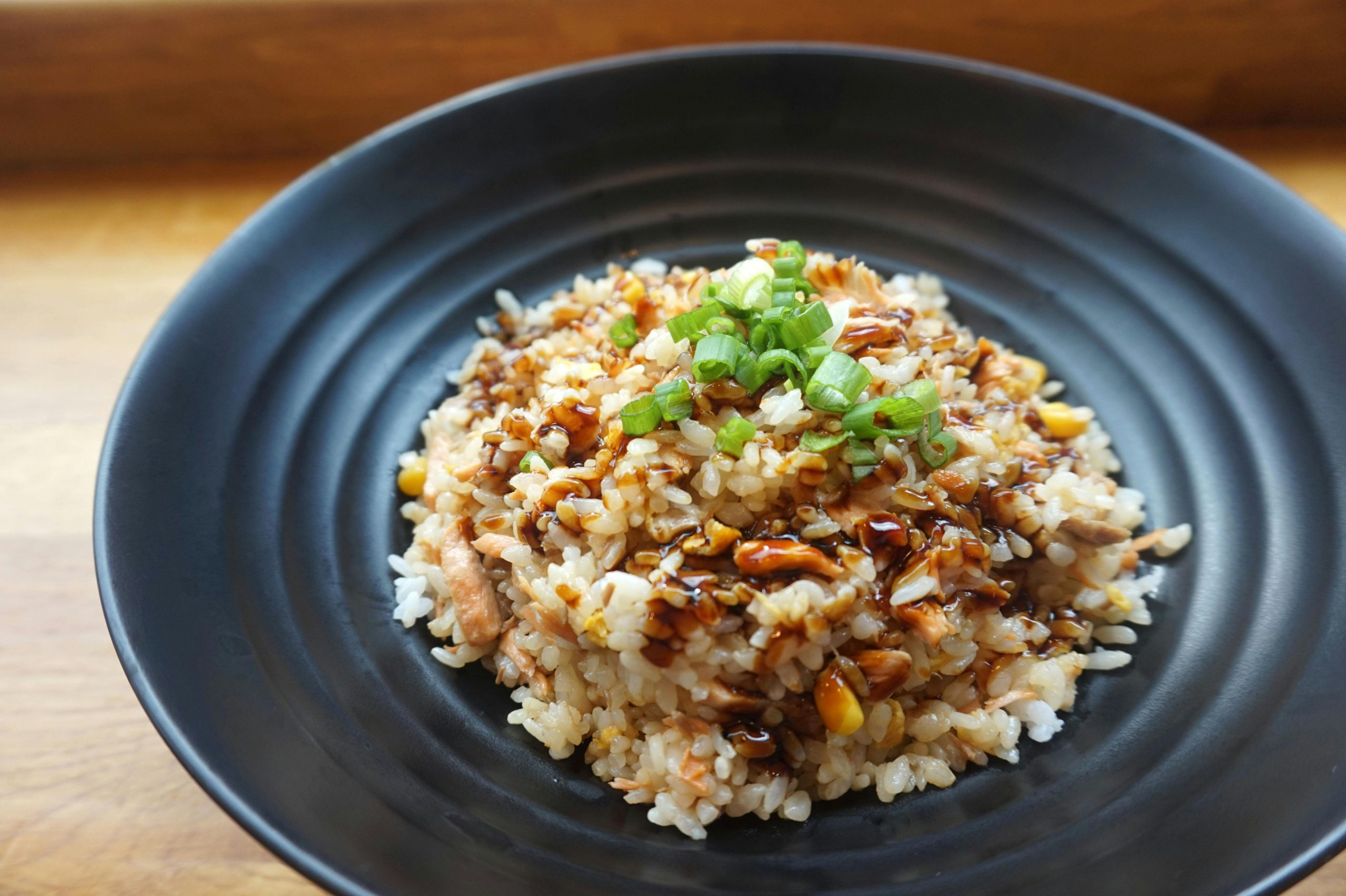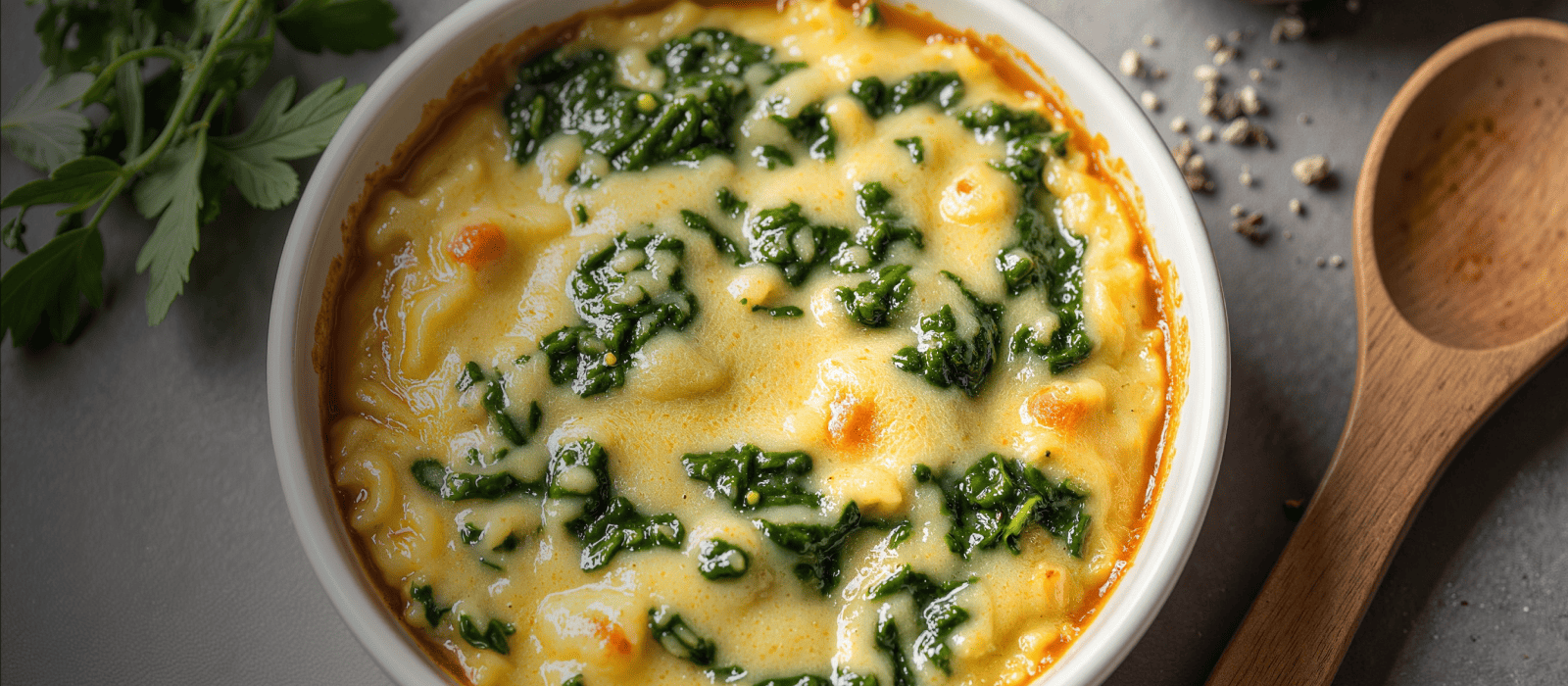
March: National Nutrition Month
Every March we recognize National Nutrition Month®, an annual nutrition education campaign sponsored by the Academy of Nutrition and Dietetics. This year’s theme is Beyond the Table which promotes thinking beyond what we choose to eat and drink for good health and to consider how our food choices affect the environment and the health of our planet. This can be accomplished by focusing on a healthy eating routine, seeking out the help of a registered dietitian nutritionist, and learning about how your food is produced and to consider factors such as food sustainability.
A healthy way of eating like a Mediterranean-style diet is based on eating more fruits, vegetables, plant-based proteins including beans and legumes, whole grains, nuts and seeds, fatty fish, lean meats and poultry in moderation, low-fat dairy, and heart-healthy fats. It is heart-healthy and may reduce metabolic syndrome, diabetes, some cancers, depression, and the risk of frailty in older adults, along with promoting better mental and physical function. In truth a mostly plant-based diet is better for the environment just as it is better for our health.
There is no shortage of nutrition information everywhere you look: from influencers on social media, to countless internet sites, to food and diet magazines, to catchy news headlines, not to from friends who have tried one of the latest fad diets, so why seek a registered dietitian nutritionist or RDN? A registered dietitian nutritionist has completed education and training established by the Accreditation Council for Education in Nutrition and Dietetics. Registered dietitian nutritionists are required to complete the following:
- A minimum of a graduate degree focused on a nutrition curriculum
- A supervised program of practice at a health care facility, foodservice organization, or community agency
- Pass a rigorous registration examination
- Maintain continuing education credits throughout their career
A registered dietitian nutritionist is the nutrition expert who can help you understand how your eating habits and lifestyle affect your health and any medical conditions you may have. In addition, a registered dietitian nutritionist can help you understand how what you eat may impact the health of our planet.
Our changing environment is affected by many factors, with agriculture as the largest cause of global environmental change. Food production contributes to greenhouse gases, occupies a large amount of land, and uses 70% of our planet’s freshwater. By the year 2050, it is estimated that we will have over 10 billion people on our planet. The current global food system is not sustainable, and we need to rethink how we eat and how we produce food.
Food waste is a significant issue in our country. The average American household throws away about 6 cups of food per week. According to the Food and Drug Administration 30-40% of the food in the United States is wasted. Food prices remain high, yet we still waste a lot of food.
How can you do your part to improve food sustainability?
Eat more plants and plant-based foods
- Their production utilizes less land and water
Consider packaging when you purchase foods
- Individually wrapped foods utilize more plastic-consider buying the regular package and portioning out yourself
- Buy in glass containers, when possible, to keep plastic to a minimum
- Shop with your own reusable shopping bags.
Shop in season and locally as much as possible
- Reduces travel cost and footprint caused by pollution related to transportation
- Supports local economy
- Preserves the nutritional content of fresh produce
Reduce food waste by repurposing leftovers
- Be creative with leftovers by turning them into new meals
- Add leftover chicken to a pasta dish or turn it into chicken salad
- Use leftover cooked veggies in your eggs or on top of a salad
- Eat leftovers from dinner for lunch the following day
- Keep food safety in mind: Use or freeze food in a timely manner so that you do not have to throw away spoiled food
Try this fantastic recipe next time you have leftover vegetables:
Extra Vegetable Fried Rice
Adapted from cookieandkate.com
Ingredients
- 1 ½ teaspoons + 2 tablespoons vegetable oil, divided
- 2 eggs, whisked together
- 1 small white onion, finely chopped (about 1 cup)
- 2 medium carrots, finely chopped (about ½ cup)
- 2 cups additional veggies, cut into very small pieces for quick cooking (whatever you have and/or fresh or frozen peas—no need to thaw first)
- 1 tablespoon grated or finely minced fresh ginger
- 2 large cloves garlic, pressed or minced
- Pinch of red pepper flakes
- 2 cups cooked rice (*see notes!)
- 1 cup greens (optional), such as spinach, baby kale or tatsoi
- 1 tablespoon reduced-sodium soy sauce
- 1 teaspoon toasted sesame oil
Directions
- Warm a skillet over medium-high heat until a few drops of water evaporate within a couple of seconds. Immediately add 1 ½ teaspoons of oil and swirl the pan to coat the bottom. Add the whisked eggs and swirl the pan so they cover the bottom. Cook until they are just lightly set, flipping or stirring along the way. Transfer the eggs to a bowl and wipe out the pan with a heat-proof spatula.
- Return the pan to heat and add 1 tablespoon of oil. Add the onion and carrots and cook, stirring often, until the onions are translucent and the carrots are tender, about 3 to 5 minutes.
- Add the remaining veggies. Continue cooking, stirring occasionally (don’t stir too often, or the veggies won’t have a chance to turn golden on the edges), until the veggies are cooked through and turning golden, about 3 to 5 more minutes. In the meantime, use the edge of your spatula or a spoon to break up the scrambled eggs into smaller pieces.
- Use a big spatula or spoon to transfer the contents of the pan to the bowl with the cooked eggs. Return the pan to heat and the remaining 1 tablespoon oil. Add the ginger, garlic and red pepper flakes, and cook until fragrant while stirring constantly, about 30 seconds. Add the rice and mix it all together. Cook, stirring occasionally, until the rice is hot and starting to turn golden on the edges, about 3 to 5 minutes.
- Add the greens (if using) and stir to combine. Add the cooked veggies and eggs and stir to combine. Remove the pan from the heat and stir in the soy sauce and sesame oil. Taste, and add a little more soy sauce if you’d like more soy flavor (don’t overdo it or it will drown out the other flavors), if the dish needs an extra boost of overall flavor.
- Divide into bowls and serve immediately. Leftovers store well in the refrigerator, covered, for 3 to 4 days.



